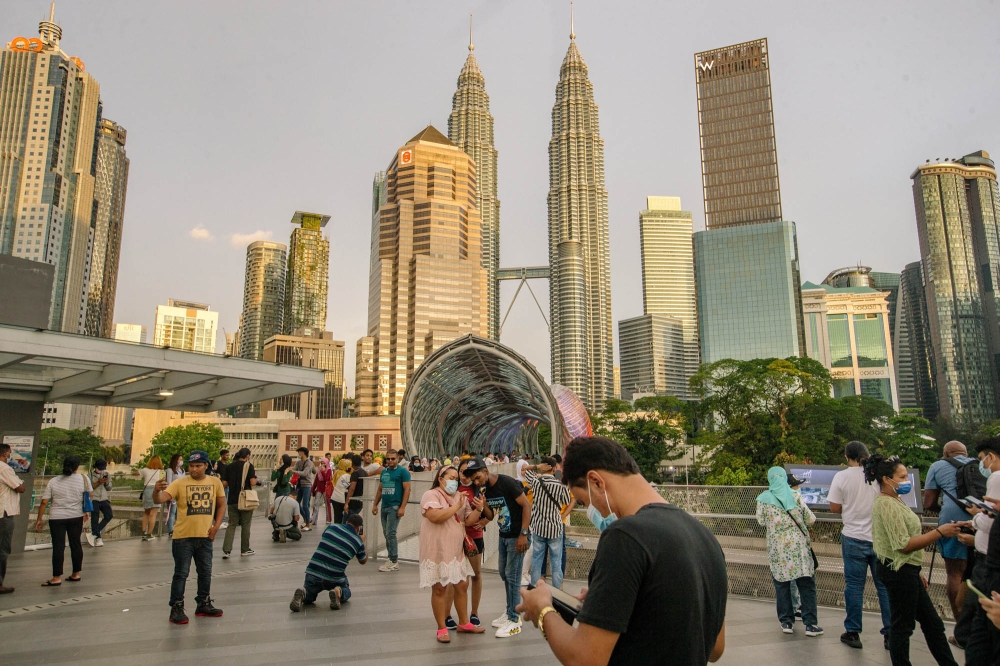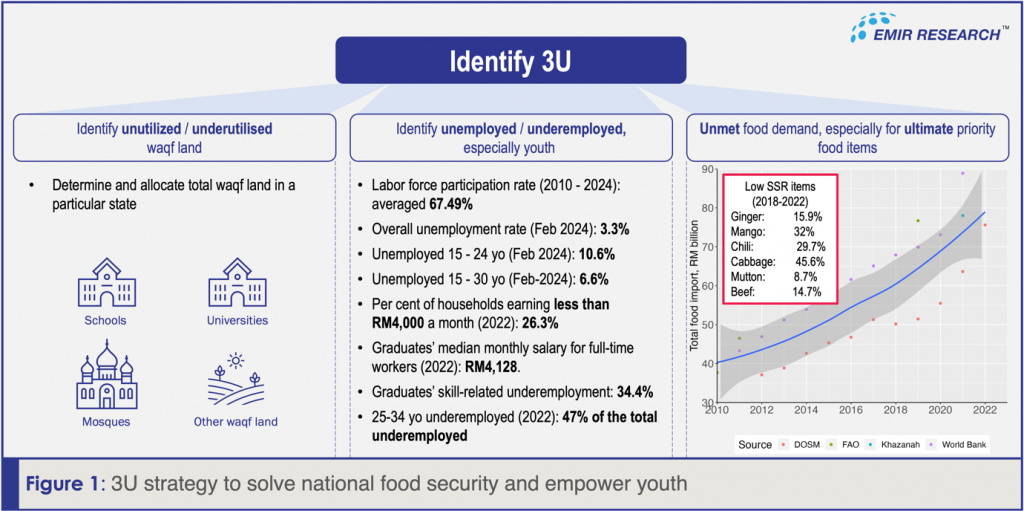
Published by malaymail, BusinessToday, AstroAwani, theSun & HTSyndication, image by malaymail.
The rising prevalence of violent behaviour among youths in our communities poses a significant threat to public health and safety. Year after year, the frequency and severity of youth violence incidents appear to escalate, leaving a trail of devastating consequences ranging from physical altercations to the most tragic outcomes such as homicide.
Youth violence in Malaysia, like in any other country, is caused by multi-faceted underlying factors, including socio-economic disparities, exposure to violent depictions in the media, family dysfunction, and limited educational opportunities.
Youth violence refers to any intentional physical or psychological harm inflicted by or upon young people, typically between the ages of 10 and 24. This can include behaviours such as assault, robbery, gang violence, and even homicide, occurring in diverse settings, including schools, neighbourhoods, and communities.
This violent behaviour is more likely to be acquired through social learning or a combination of social learning and biological processes. In other words, youths with violent parents often learn violent behaviour from them rather than inheriting it genetically.
Let’s examine the available data sources, including crime statistics, arrest reports, surveys, and research studies. The trend of youth violence has been characterised by fluctuations and shifts over time, reflecting the complex interplay of underlying socioeconomic factors, cultural influences, and policy interventions.
According to the Department of Statistics (2021), the number of offenses involving minors under the age of 18 was reported to be 4,886 in 2016. Surprisingly, by 2020, this figure had risen to 5,342 offenders. The report highlights a concerning trend of increasing youth-related violence in recent years, particularly in school settings.
In contrast, data from the Adolescent Health Survey 2022 indicates a notable decline in self-reported involvement in physical fights and attacks among adolescents compared to the previous year—in 2022, 16.0% of adolescents claimed that they had been involved in a physical fight, compared to 24.9% in 2017. Additionally, 14.8% reported being physically attacked in the preceding 12 months, a notable decrease from 25.3% in 2017.
In addition to national-level data, regional data provide valuable insights into the localised dynamics of youth violence. Johor recently reported increasing trends in youth-related crimes, including but not limited to violence. The state has one of the highest proportions of youth aged 15-30 years, accounting for about 29.1% of its population, based on statistics from the Current Population Estimates Malaysia 2023.
This local trend highlights the unique challenges faced by Johor in addressing youth violence, stemming from factors such as urbanisation, economic disparities, and social cohesion issues specific to the state.
Reportedly, Malaysian youths 15 to 30 years old account for 9.1 million people, which is 27.8% (almost a third) of the total population in the country, underscoring the importance of effectively addressing issues such as youth violence.
Youth violence can result in deaths, injuries, disabilities, and serious long-term health consequences, including mental health problems. Exposure to violence often disrupts a young person’s life and development, greatly detracting from their potential to become valuable human capital.
Arresting the upward trend in youth violence is also in line with Sustainable Development Goal (SDG) 16.1, which aims to reduce all forms of violence and related death rates everywhere. Although an increase in the ageing population observed in many countries, including Malaysia, may lower the risk of homicide, a large youth population can conversely contribute to a short-term increase in such incidents.
World Health Organization (WHO) reports that approximately 176,000 (37%) homicides occur among youths aged 15-29 years each year. Additionally, the homicide rate for the 15-29 age group was the highest among Malaysians in 2019, accounting for 4.3%.
Do you recall the murder case from six years ago involving a marine cadet from UPNM found dead with burn marks and bruises in an apartment? Similarly, just last month, a student from Lahad Datu Vocational College was beaten to death. These tragic incidents, while perhaps the most widely publicised, are certainly not isolated, They exemplify the devastating consequences of homicide—the act of killing another person, which represents one of the most severe forms of violence.
Youth violence and homicide are strongly interrelated due to the complex interplay of socioeconomic factors, cultural influences, and individual vulnerabilities. Factors such as poverty, lack of education, exposure to violence in the community or on screen, and inadequate support systems contribute to the perpetuation of youth violence, thus increasing the likelihood of lethal outcomes.
Violence, when not as fatal as death, will cause a series of serious injuries that often have lifelong impacts on a person – physical, psychological, and social dysfunctionality. Violence-related injuries, including physical trauma and psychological distress, not only will inflict physical harm but also have lasting repercussions on individuals’ well-being and societal cohesion.
According to global statistics, violence-related injuries claim approximately 1.25 million lives annually, including homicides. Furthermore, injuries and violence are responsible for an estimated 10% of all years lived with disability. It underscores the pervasive impact of interpersonal violence on both, the mortality rate and the quality of life.
One poignant example is the case of a boarding school student who nearly became paralysed after being kicked in the head by another student. This incident not only highlights the physical dangers but also underscores the lasting impact on individuals’ lives and the ability to function well in society.
In light of these realities, implementing preventive strategies is paramount to mitigate the devastating impact of violence-related injuries on individuals and communities. Some of the effective approaches may include (but are not limited to) the following:
Implement Cognitive Behavioural Therapy (CBT)
Violent behaviour among youth is often influenced by underlying cognitive distortions, negative thought patterns, and maladaptive coping strategies. Therefore, CBT focuses on addressing these harmful thought patterns and behaviours that contribute to violence and aggression and aims to facilitate positive behavioural change.
Integrating CBT into existing violence prevention programs within various settings, including schools, communities, and rehabilitation centres, is crucial. For instance, in school-based interventions, CBT can be incorporated into the curriculum through workshops or courses focused on teaching students effective coping skills, conflict resolution techniques, and anger management strategies
In Liberia, for example, CBT has been successfully integrated into an eight-week curriculum that combines CBT-informed group therapy and one-on-one counselling. Similarly, in Chicago, CBT sessions have been conducted twice daily over roughly three to four weeks for male youth. These approaches were found to successfully reduce the persistence of participants’ criminal and violent behaviour, along with reductions in readmission rates after release.
Establish Youth Empowerment Hub(s)
Such a hub can serve as a coordinating body, enabling policymakers, relevant stakeholders, NGOs, and local communities to collaboratively plan, implement, monitor, and assess youth violence prevention efforts. The hub should aim to address the root causes of violence and build a safer environment by providing comprehensive support services, educational opportunities, and empowerment programs for at-risk youth.
However, importantly, job training and retraining are essential avenues for empowering young individuals. EMIR Research continuously emphasises that Malaysian youth, facing high unemployment and underemployment rates (which itself can be one of the contributing factors for the heightened violence within this cohort), can be trained to champion national modern, digitally-driven food security while also securing lucrative incomes and ensuring a more secure future for themselves (refer to “4IR enabled farmers: Solving national food security” and “Sail along global agritech trends and empower smallholder farmers at scale!” by EMIR Research).
For example, the state of Johor has not only the highest youth proportion, as indicated above, but also sizable waqf land (second after Perak) that is vastly unutilised or underutilised. These underutilised resources (two Us) can be strategically combined with another U—evergrowing unmet local food demand (Figure 1).

Having already lost many of our youth to a massive brain drain, Malaysia cannot afford to let the remaining ones fall into the trap of the “economics of crime”.
Obviously, stopping youth violence demands our collective commitment, compassion, and wisdom to implement practical measures that will foster a safer and more equitable world for our most precious future generations.
Farah Natasya is a Research Assistant at EMIR Research, an independent think tank focused on strategic policy recommendations based on rigorous research.

